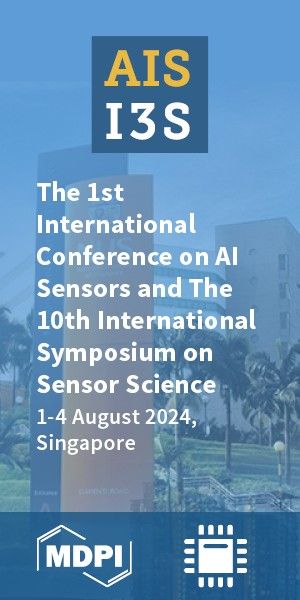Article
Version 1
Preserved in Portico This version is not peer-reviewed
Long-Term Trends of Astroclimatic Parameters Above theTerscol Observatory
Version 1
: Received: 28 June 2023 / Approved: 29 June 2023 / Online: 30 June 2023 (11:39:57 CEST)
A peer-reviewed article of this Preprint also exists.
Bolbasova, L.A.; Kopylov, E.A. Long-Term Trends of Astroclimatic Parameters above the Terskol Observatory. Atmosphere 2023, 14, 1264. Bolbasova, L.A.; Kopylov, E.A. Long-Term Trends of Astroclimatic Parameters above the Terskol Observatory. Atmosphere 2023, 14, 1264.
Abstract
The astroclimatic conditions characterize the quality of astronomical site. The Terscol Observatory (coordinates 430 16 ‘29’’N, 420 30’ 03’’E) was founded over 42 years ago in 1980. The paper presents the results of analysis of long-term variations (1980-2022) of astroclimatic parameters as total cloud cover, precipitable water vapor, and wind speed at 200mbar level above the Terscol Observatory using ECMWF-ERA5 atmospheric reanalysis data. Long-term trends of the astroclimatic parameters are study statistical significantly trend analysis method using Mann–Kendall and Sen’s slope to estimate the magnitude of the changes. In result the site show not significant decreases of 200-hPa wind speed and increases of precipitable water vapor, but significant (99 per cent confidence level) long-term changes of total cover cloud above the Terscol Observatory.
Keywords
astroclimate; reanalyze; telescope; water-vapor content
Subject
Physical Sciences, Astronomy and Astrophysics
Copyright: This is an open access article distributed under the Creative Commons Attribution License which permits unrestricted use, distribution, and reproduction in any medium, provided the original work is properly cited.
Comments (0)
We encourage comments and feedback from a broad range of readers. See criteria for comments and our Diversity statement.
Leave a public commentSend a private comment to the author(s)
* All users must log in before leaving a comment








